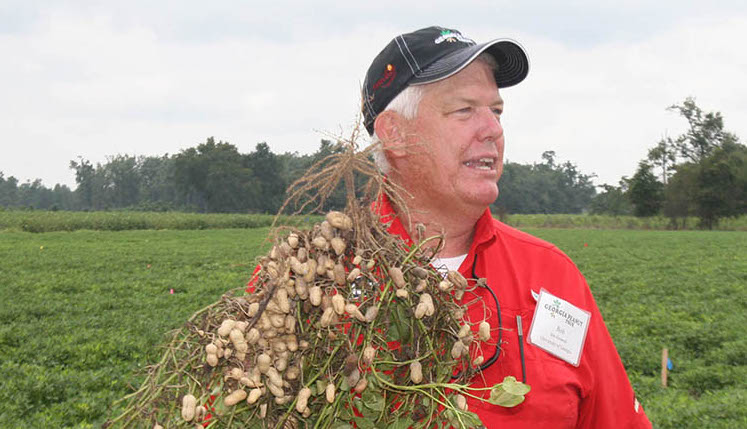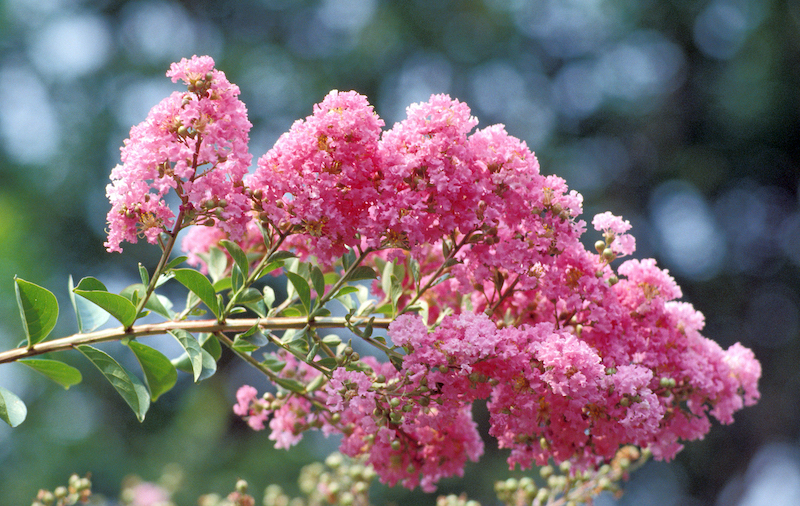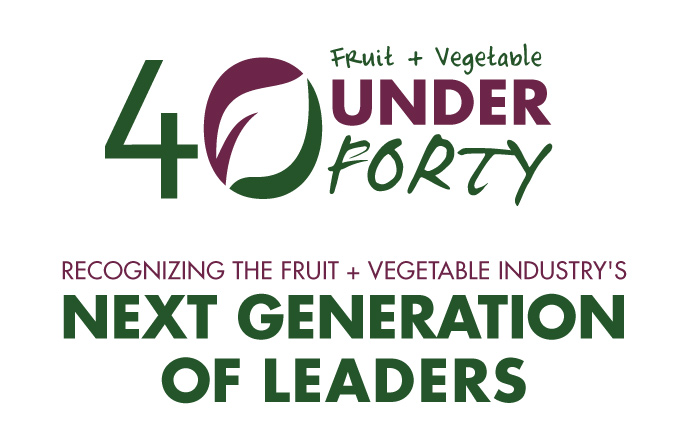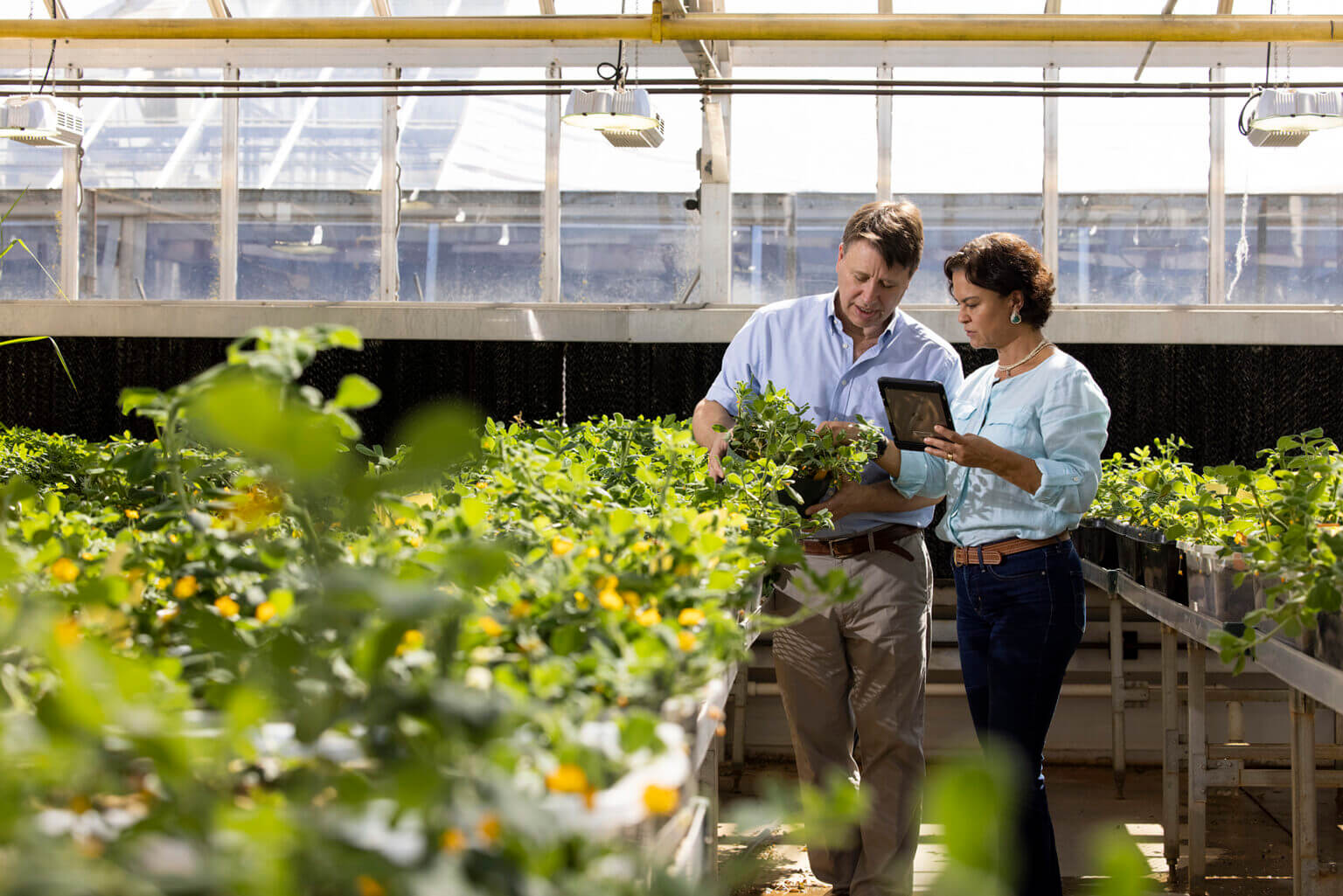 CAES News
CAES News
UGA plant pathologist recognized for improving the world, one peanut at a time
When University of Georgia peanut pathologist Bob Kemerait does something, he does it wholeheartedly. A passionate advocate for producers both near his academic home at the University of Georgia Tifton campus and around the world, Kemerait describes himself as “a field guy,” most comfortable among the rows detecting, diagnosing and addressing the myriad diseases and pests that threaten Georgia’s second-largest row crop.





